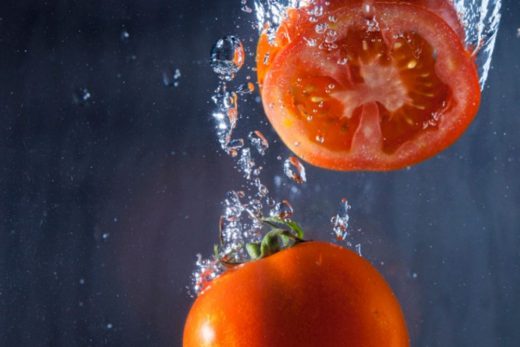Cleansing is an important part of most peoples’ skin care routine. Rightly so since cleansing can literally make or break your skin.
Most people don’t think about any harm that cleansing might be doing. I used to think that a “really good cleanser” was one that left my skin feeling squeaky clean. I thought this was the best way to treat my acne. Little did I know I was actually more likely to be contributing to my acne.
Not surprisingly I noticed a big improvement in my breakouts as soon as I cut out the intense cleansing regimen and opted instead for gentler treatment.
BAD CLEANSER CAN COST YOU
Cleansing the wrong way isn’t just bad for your skin. It can also cost you. In fact, for the longest time I used to buy expensive cleansers that claimed to have various skin healing benefits, not realizing that cleanser probably isn’t on your skin long enough for those so called beneficial ingredients to even have an effect. Now I see expensive cleansers are money going down the drain.
HOW YOUR CLEANSER CAN RUIN YOUR SKIN
It’s also unfortunate that while beneficial ingredients in cleansers might be inert, irritants in cleansers are not. The best thing a cleanser can do for your skin is to cleanse without stripping. Beyond that, it’s very unlikely that any beneficial ingredients will have a noticeable impact on your skin. But potential irritants in cleansers are on your skin long enough to cause damage by stripping away your moisture barrier.
If you cleanse in a way that’s too harsh for your skin, you’ll be washing away your skin’s protective barrier with every wash. This barrier is called the acid mantle, a layer of fatty acids on the surface of the skin that keeps bad bacteria out, while also helping to maintain proper hydration and prevent moisture loss.
The acid mantle protects your skin from foreign pathogens by being slightly acidic at around a 4 to 5 on the pH scale. Many cleansers and soaps fall in the range of 9 or even 10. As if that wasn’t bad enough, regular water has a pH around 7 and sometimes hard tap water can go as high as 8.5
The result is that during cleansing the higher pH of cleansers or water can interact with the lower pH of your acid mantle and weaken or totally wash it away, leaving you vulnerable to attack for up to 24 hours.
If you’re washing twice a day your skin never has time to regenerate that protective barrier. If you have skin issues, this should be one of the first things in your skincare routine that you examine.
HOW TO KNOW IF YOUR CLEANSER IS DAMAGING
So how do you know if you’re stripping your moisture barrier? If any of these apply to you, you’re probably using a stripping cleanser.
Your skin starts to feel really tight as it dries after it gets wet, whether you cleanse or not.
Your skin feels squeaky clean after cleansing.
You have acne or occasional breakouts.
BETTER OPTIONS
If you suspect you’ve been cleansing the wrong way the only way to really know is to try an alternate method and see what happens.
A really great option is the oil cleansing method or OCM. Oils don’t strip skin like detergents do. They remove makeup and a lot of oils don’t clog pores so you don’t have to worry about potentially making your acne worse. See these comedogenicity ratings of oils for more info.





